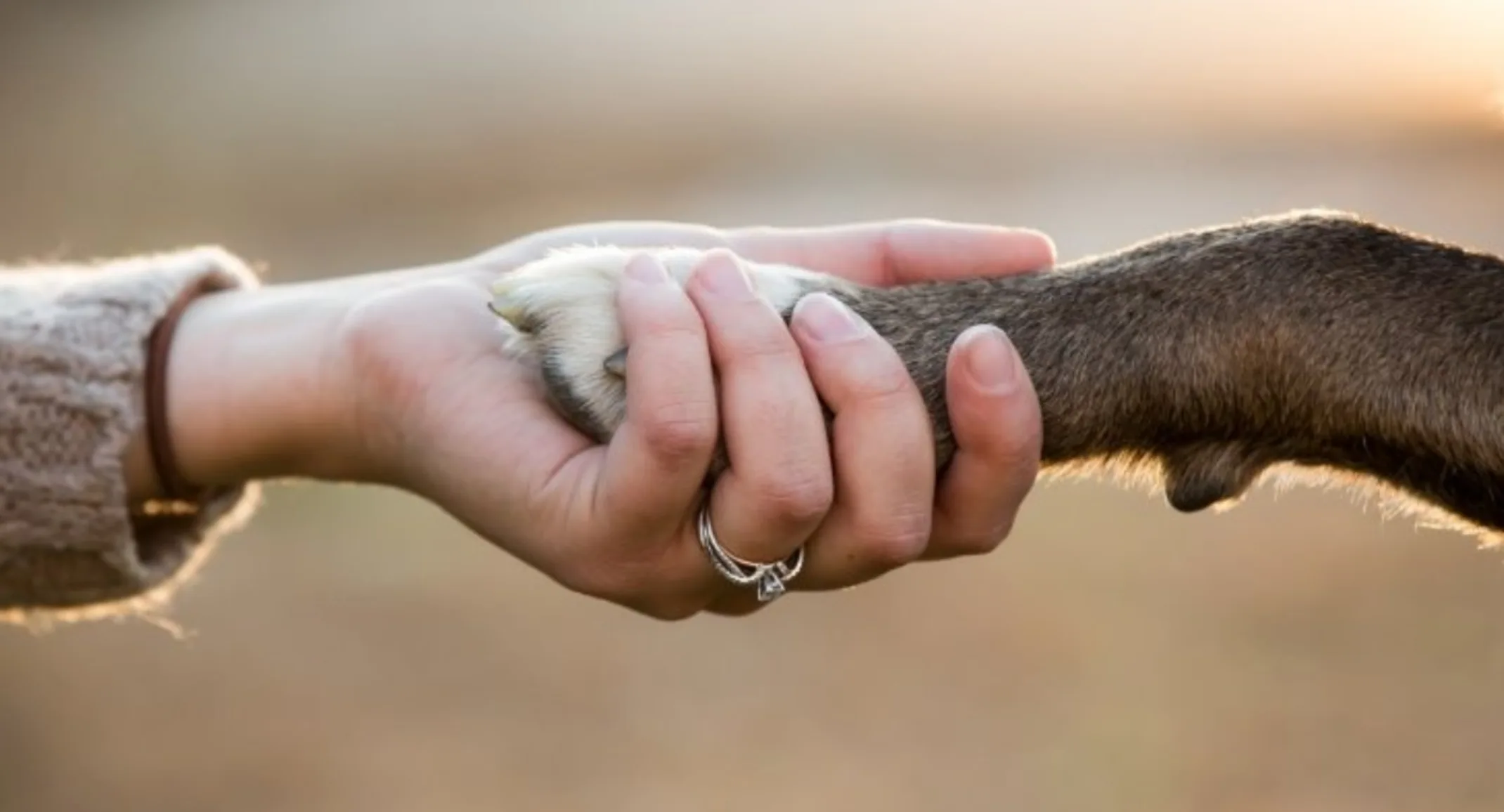House and Crate Training
General

Congratulations on adopting your new pet! Whether your dog is a puppy or adult, teaching them when and where to eliminate waste is crucial to creating a safe space and building a positive relationship with your dog. Repeated accidents inside and destructive behavior are some of the main reasons that animals end up in shelters. House and crate training can help curtail these issues, learn about the basics and what you can expect when crate training below! Before starting any kind of training, have your dog checked out by a veterinarian. Housetraining, or teaching your dog where and when to go, can be difficult if the dog is experiencing any kind of medical issue. Urinating or peeing more than usual or in numerous areas both outside and inside the house, especially if your dog has just gone, could be a sign of a urinary tract infection (UTI). Drinking more water than usual could also be a sign of a UTI or possibly a more serious medical problem. Runny stool or loose poop is not normal, even in puppies, and may be caused by some kind of infection. Even dogs with separation anxiety, or an extreme fear of being left alone, may have medical issues contributing to the anxiety. Discuss any unusual symptoms with your veterinarian during your dog’s exam. The veterinarian will be able to determine if any medical issues need to be addressed and what to do about them.
Speak with Your Veterinarian
The first thing you should when you adopt a new dog is bring them to us, your family veterinarian! A veterinary visit will make sure that your pet is happy and healthy. Some housetraining and waste elimination issues may be the result of a medical problem, at Shady Brook Animal Hospital we will check your puppy or adult dog for UTIs or infections that me be affecting your pet. Repeated urinating more than usual or in many different areas and drinking excess amounts of water may be signs of a UTI. Whether your dog is a puppy or older, its poop should be solid, Loose and runny stools may be signs of an infection. A veterinary checkup will make sure your crate training journey starts off on the right foot.
Crate Training
Why Crate Train?
A kennel or crate may seem like a small place to keep your dog, but dogs are den animals, which means their instinct is to find a small, calm, and quiet area to rest. Crates are a perfect substitute for dens in a household. Crates and kennels provide a safe place for your dog if it is nervous or scared. In general, dogs will not eliminate waste in the same place where they eat and sleep, so keeping your dog in the crate during the day will help immensely with housetraining. Crating your dog will also help curb and avoid destructive behaviors such as getting into the garbage can, destroying clothes or furniture, and much more.
Crate Training Tips
Crates should be just big enough for your pet to lay on their side, sit, stand, and turn around comfortably. Larger breed puppies can be kept in a crate that can be sectioned off so the size of the crate can be increased as your dog gets bigger. If the crate is too big your dog may try to use one end of it to eliminate waste and the other to sleep. Try to make your crate one of your dog’s favorite places in the house. Feeding your dog meals, having them sleep in the crate, and providing them with a chew toy that they only use in the crate are all excellent ways to encourage your dog to enjoy and utilize their crate more often. Do not use the crate as a punishment for bad behavior, as it may cause your dog to associate their “den” with stress or fear. To help get your dog used to spending time in the crate, say a simple command or cue word when you put your dog in the crate. Eventually your dog will associate this word with the crate and should enter it alone on command. When this happens, praise your dog and give it a treat, then close the door for 5 minutes. When you let your dog out again praise them once more. Over the course of days and weeks, gradually increase the time your dog spends in the crate each time.
Words of Caution
Crate training is great to teach your dog good habits and keep them safe and comfortable. However, your dog should not be spending most of their day in a crate. This is especially true with puppies as it may lead to elimination and behavior issues. The maximum hours a day a dog should be spending in their crate should be the puppies age in months plus one. A four-month-old puppy can be in a crate for a maximum of five hours. After the five hour mark you should let your puppy out, let them go outside to urinate and/or defecate, and play with them before placing them into the crate again. Some dogs with separation anxiety are difficult to crate train. On some occasions their behavior may worsen with crate training. If this occurs, please bring your dog to our animal hospital as soon as possible. We can help with a combination of anxiety medication, behavior modification therapy, and additional training tips.
HOUSETRAINING
Dog and Puppy Development
Puppies first learn to leave their den to use the bathroom between three and twelve weeks old. Some puppies may not be able to learn the appropriate time and place to use the restroom until they are three months old. Young puppies under four months of age often have issues holding their ladder for more than a few hours at a time. Housetraining can be a long and sometimes difficult process. Even adult dogs may not be housebroken, meaning you will have to teach your dog both that their previous bathroom habits are incorrect and where and when to eliminate their waste.
Housetraining Tips
To ease the process of timing bathroom trips try to feed your dog on a consistent schedule two to three times a day. Between 15 to 30 minutes after eating or drinking, take your dog out to their elimination area. Puppies also usually go to the bathroom immediately after sleeping or playing. We recommend that you take your dog out every two hours, immediately after sleep or play, and before bed, for the first couple weeks. A cue or command word like “potty” or “bathroom” when you take your new dog out to their elimination area will help your puppy associate that word with going to the bathroom in the correct place. Taking your dog to the same area each time will help them learn where and when to eliminate. Reward your dog with praise and treats when they use the bathroom in the correct area, and practice taking them on a leash rather than carrying them to teach them good habits. When you begin housetraining, you will need to supervise your new dog almost constantly. Catching your dog in the act of using the bathroom in the wrong spot is crucial to disciplining them and correcting their behavior. Finding poop or pee on the floor after the fact will not be of much help, as your dog will not understand why you are upset at them. Only catching your pet in the act of making a mistake will truly allow you to reprimand them and guide them to the proper bathroom area. Rubbing your dog’s nose in hours-old pee does not accomplish much. If you do see your dog going to the bathroom in the house while you are paying attention to them, interrupt them immediately with a sharp sudden noise such as a clap. Then take them to the proper elimination area and use your cue word. If your dog finishes eliminating in the correct area make sure to give them plenty of treats and praise. Knowing the clues and signals that your dog will convey before needing to go to the bathroom is crucial to correctly housetraining them. Often dogs will circle, wander off alone, whine, or go to the door to signal they need to eliminate. If you see your dog doing one of these behaviors immediately take them to their designated bathroom area and reward them with treats and praise to ensure they will do this same signaling behavior in the future. Crate training and housetraining may be a difficult and lengthy process but is ultimately both rewarding and worth it. If you have any questions about training your pet, please do not hesitate to contact our office where our veterinary staff is on call to assist you.

